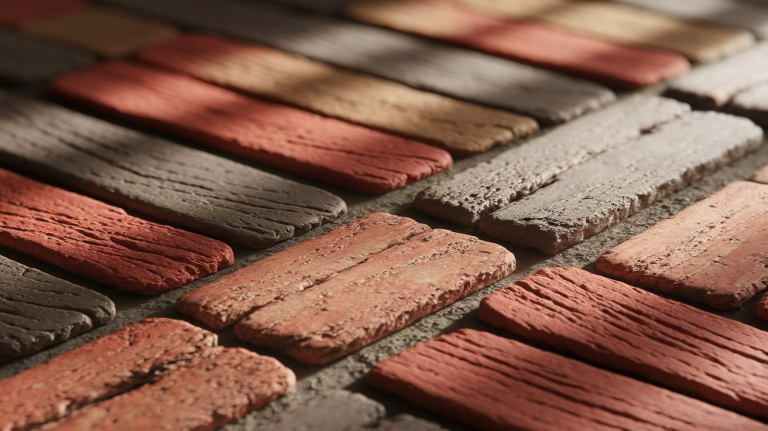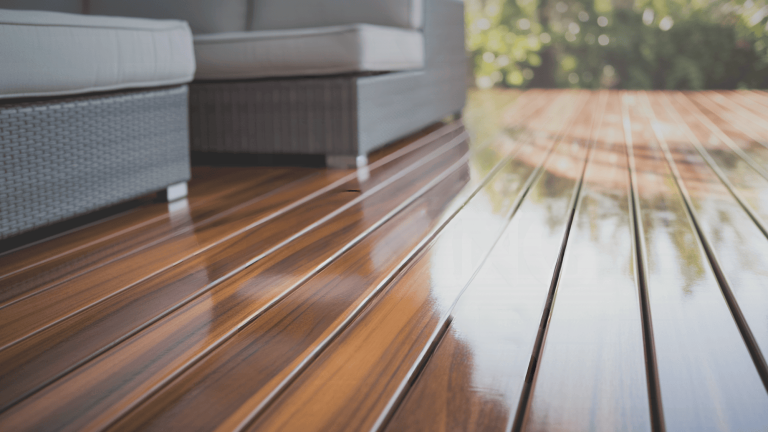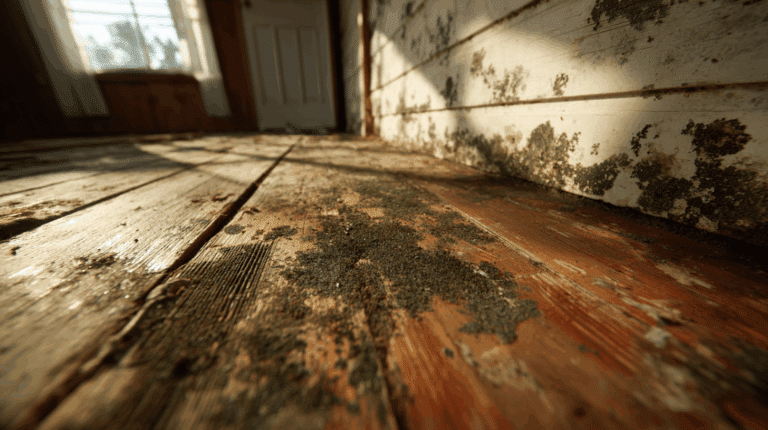What Are Ceilings Made Of? A Guide to Ceiling Materials
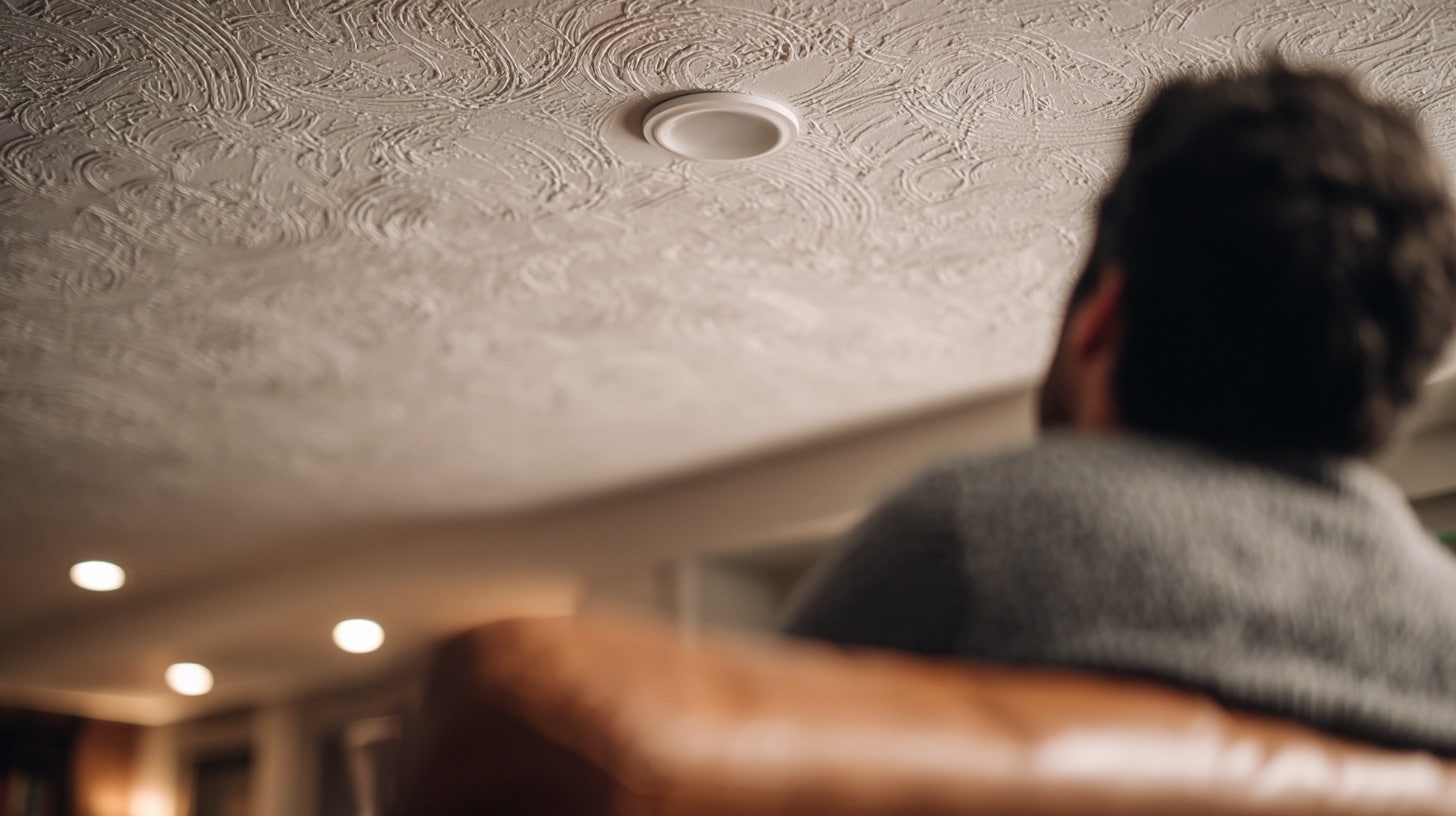
Have you ever looked at your ceiling and wondered what it’s made of, and why people care so much about this simple question?
Understanding ceiling materials is very useful because it helps when you need to repair cracks, cover stains, or plan a new design project at home.
Each material has different strengths and a unique style that changes the look of your space.
We will be telling you about what ceilings are made of, common problems, and how to tackle them.
What Are Ceilings Made Of?
So, what exactly are ceilings made of, and why should you even care about this part of your home?
The most common ceiling materials are drywall, plaster, wood, metal, tile, suspended ceiling tiles, and exposed beams.
Each of these materials has its own strengths, appearance, and purpose, which makes them useful in different types of homes and rooms.
Once you know what your ceiling is made of, you can feel more confident about every project above your head.
Now let’s look at the different ceiling types in detail and learn how you can identify which one you have at home.
How to Identify Your Ceiling Material?
Wondering how to tell if your ceiling is drywall, plaster, wood, or something else? Here’s a quick guide to help you out:
1. Drywall
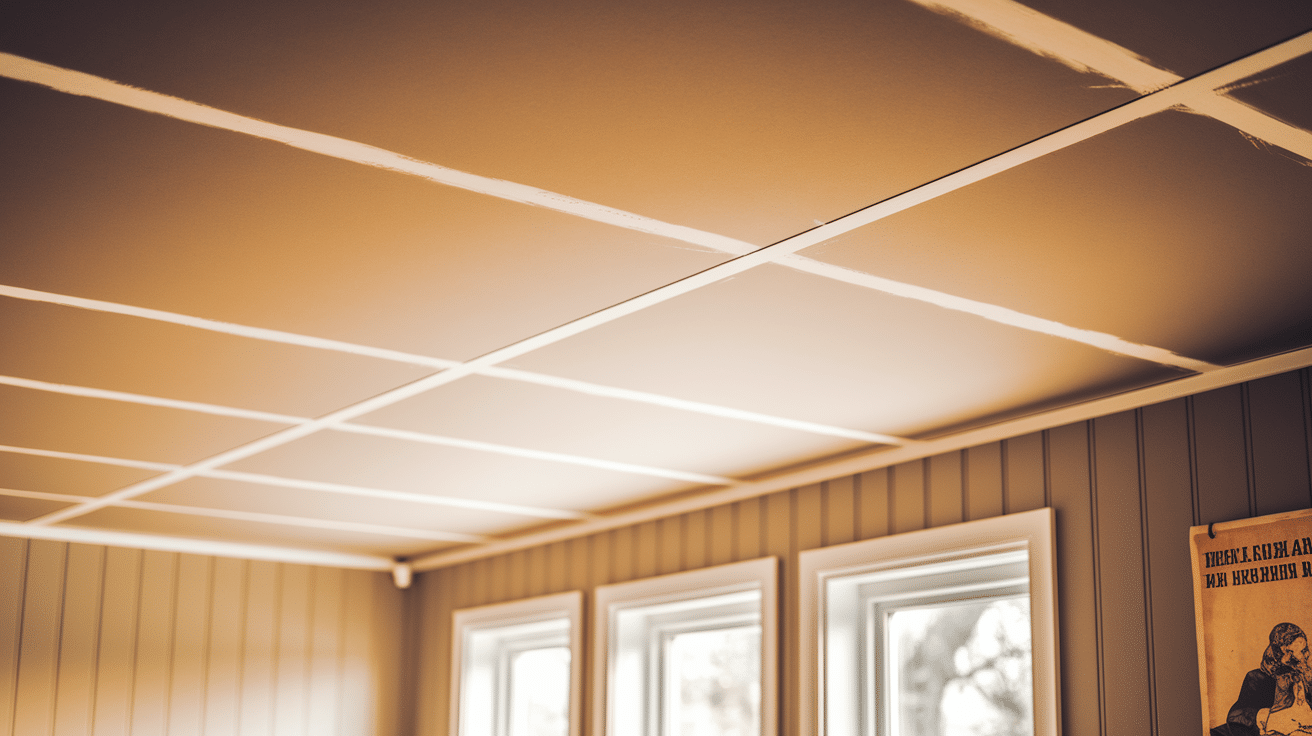
Drywall ceilings are typically smooth and flat.
You’ll notice visible seams where the panels meet, which is one of the easiest giveaways.
Drywall is often painted over and is the most common ceiling material in modern homes.
If you notice a smooth, uninterrupted surface with slight seams or imperfections, it’s likely drywall.
2. Plaster
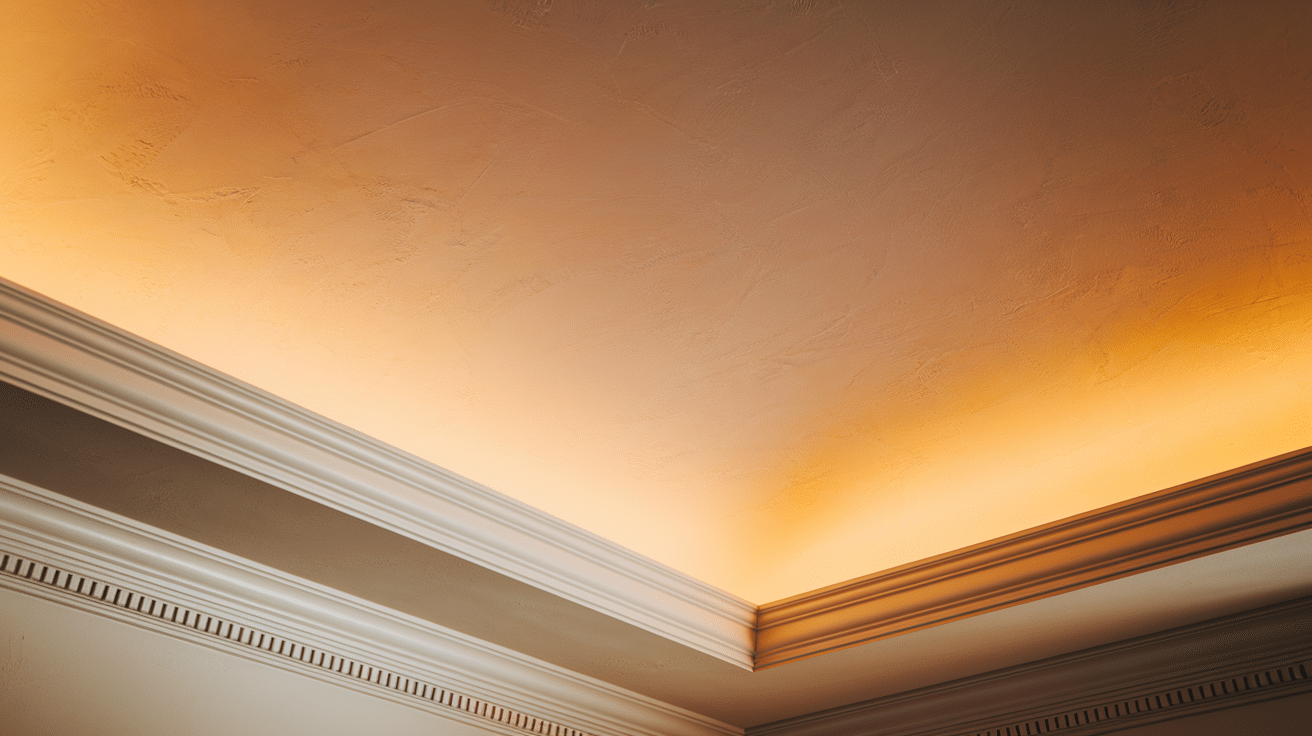
Plaster ceilings are thicker and more solid compared to drywall.
These ceilings often don’t have seams, and they offer a sturdier, more luxurious feel.
Plaster provides a seamless, continuous surface that’s ideal for decorative moulding or intricate ceiling designs.
If your ceiling feels solid and doesn’t have visible lines, it’s probably plaster.
3. Wood
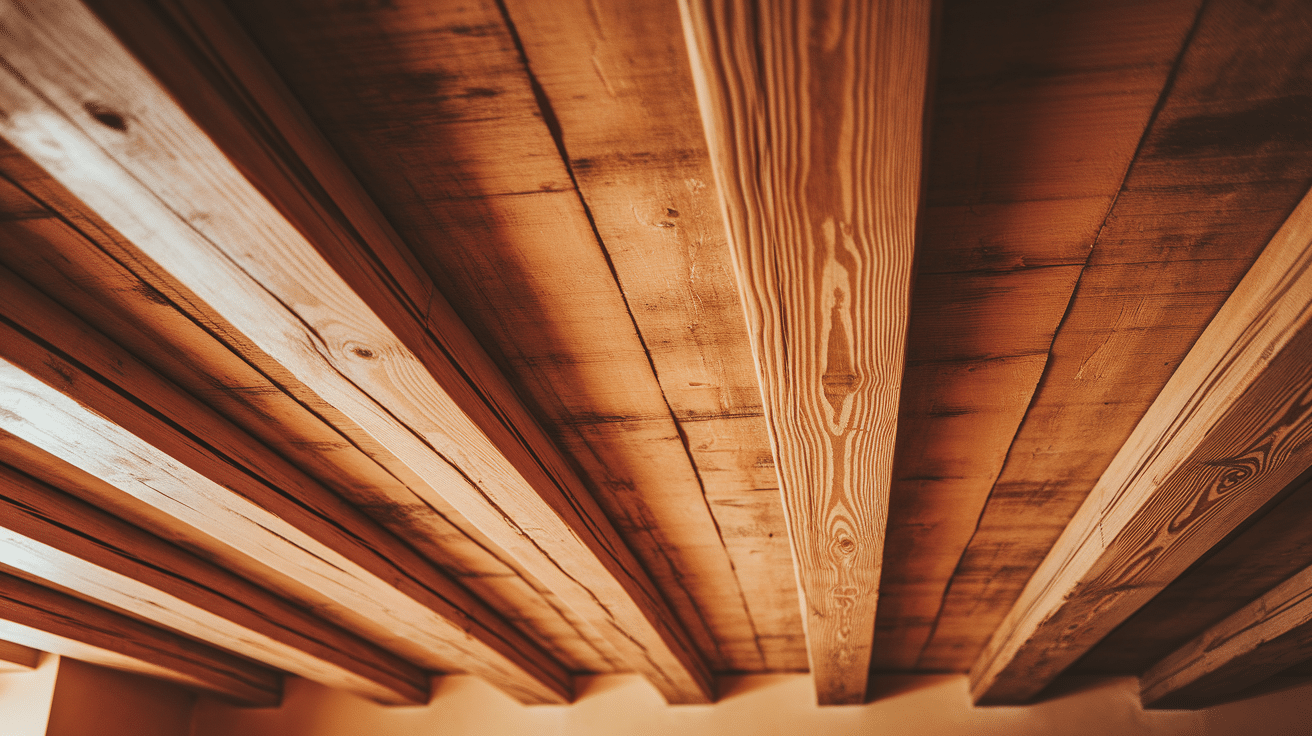
Wood ceilings are all about warmth and texture.
You’ll see natural grain patterns that are unique to each plank of wood.
The rich tones and textures are unmistakable, and you can often feel the grain if you touch the ceiling.
Wood ceilings add a cosy, rustic charm to a room.
4. Metal

Metal ceilings are shiny and reflective.
They often have a sleek, modern look and can be made from materials like aluminium or galvanised steel.
The shiny, sometimes glossy surface is a dead giveaway that it’s metal.
Metal ceilings are perfect for industrial or contemporary spaces.
5. Tile
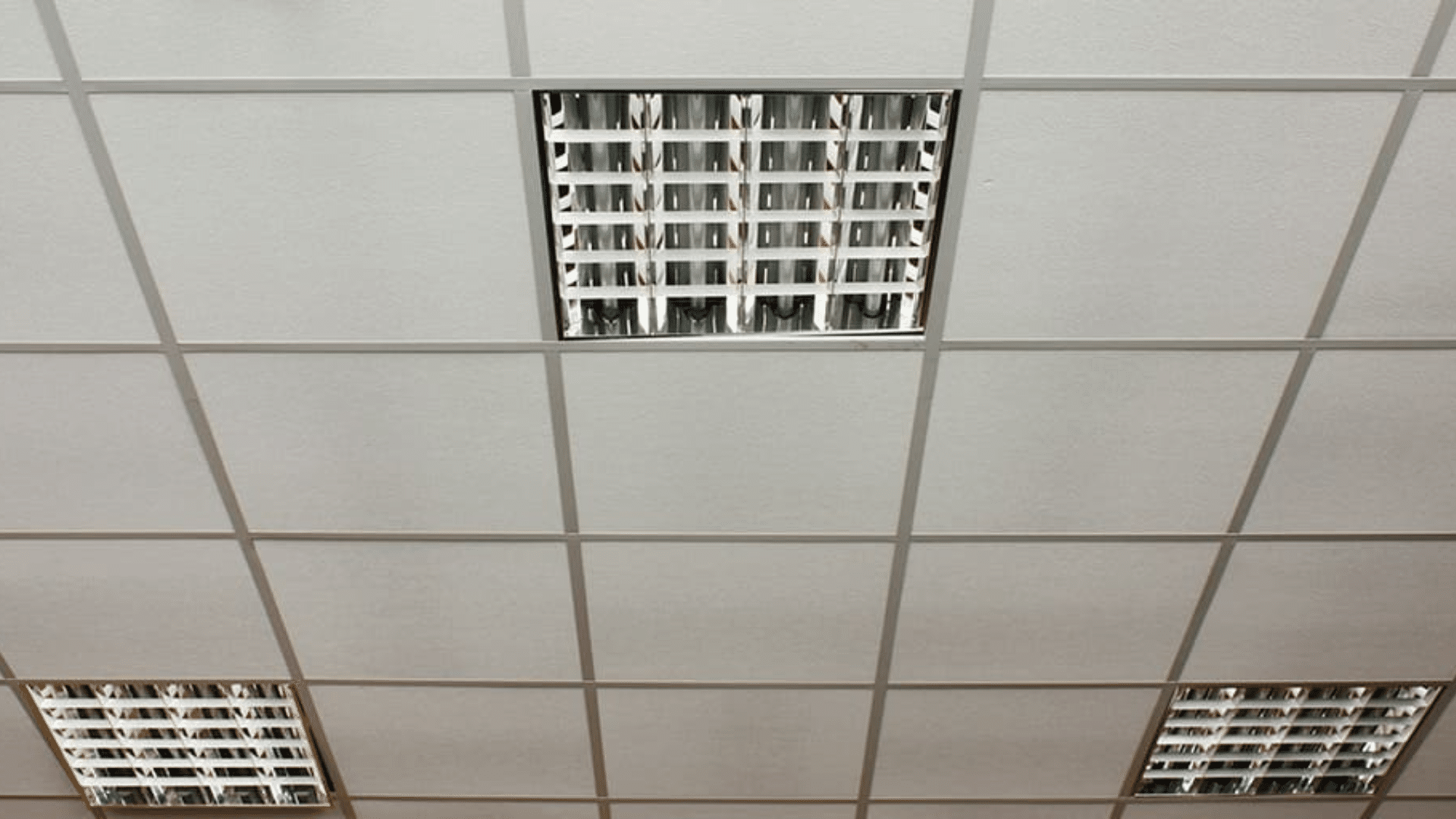
Tile ceilings are usually square or rectangular and are commonly found in kitchens or bathrooms.
They often have visible grout lines between each tile, making them easy to spot.
Tile ceilings are a practical choice, especially in spaces that deal with moisture, like bathrooms or laundry rooms.
6. Suspended

Suspended ceilings, also known as drop ceilings, are made from tiles hung in a grid.
These tiles hang lower than the actual ceiling and can easily conceal wires, pipes, or ducts.
This type of ceiling is popular in offices or basements and has a grid pattern that separates each tile.
7. Beams
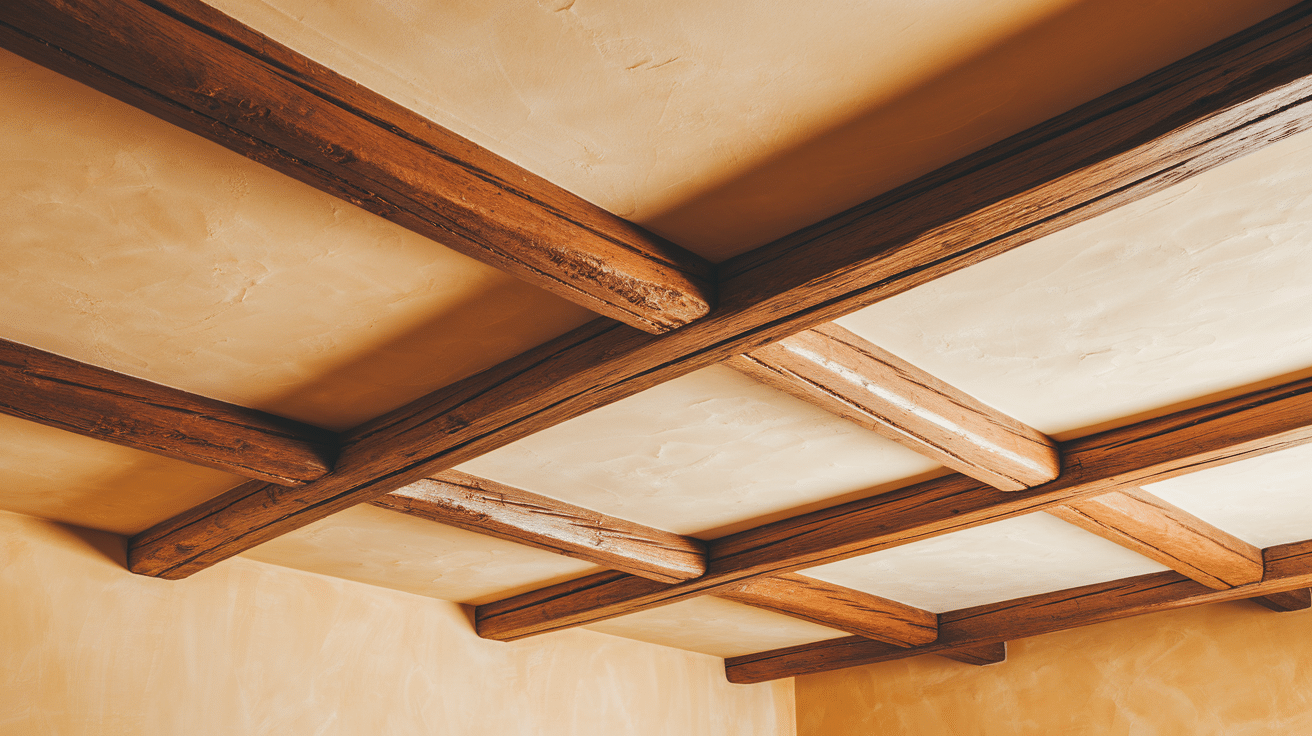
Exposed beams add a rustic, charming look to any room.
These beams can be made of wood or metal and are typically visible across the ceiling.
The beams give the room a warm, inviting atmosphere, and they often work well in open spaces or rooms with vaulted ceilings.
Common Ceiling Issues and How to Fix Them
Ceilings go through a lot over time, and small problems can quickly turn into bigger ones if not handled early.
Here are the most common ceiling issues and simple ways to fix them:
- Cracks: Often caused by settling or temperature changes. Patch with drywall tape and compound, then paint over for a smooth finish.
- Sagging: Usually due to weak support or moisture. Check beams for stability and call a professional if the problem keeps getting worse.
- Water Stains: Caused by leaks from roofs or pipes. Fix the source first, then use stain-blocking paint for a clean look.
- Peeling Paint: Often from excess moisture or poor prep. Scrape away loose paint, prime the area, and repaint with moisture-resistant paint.
- Mold or Mildew: Common in damp rooms like bathrooms. Clean with a safe mold remover and improve ventilation to prevent it from returning.
Taking care of these problems quickly will protect your ceiling, save money, and keep your home looking its best for years to come.
The Bottom Line
When you understand what your ceiling is made of, you will feel more confident making choices that protect your home and improve its style.
Knowing how to spot materials gives you the power to fix problems and design with purpose.
Ceilings are not just flat surfaces above your head; they can change the feeling of a whole room with color, design, and texture.
Now you are ready to explore new ideas and make your ceiling stand out.
What kind of ceiling do you have in your home, and how would you like to change it? Tell us, share with us in the comments below.




